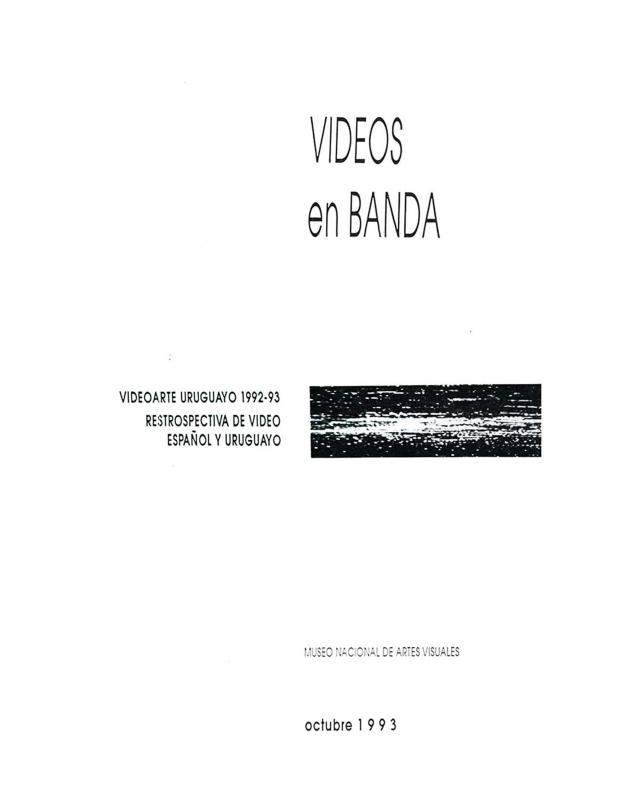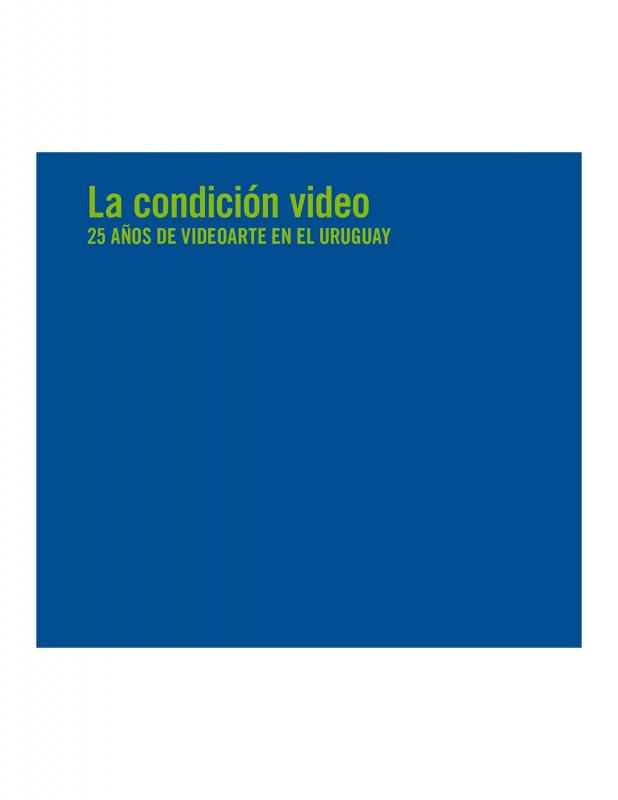Emerging in the wake of the establishment of the mass media in Europe and the United States in the 1960s, the video art movement sought to explore alternative ways to use analog and digital electronic media to produce works of art. In Uruguay the genre emerged in the early 1980s where it was conceived as a kind of unscripted audiovisual story that was not intended as an audiovisual entertainment production. Video art works have created new narratives and new ways of seeing that have broken with conventional languages; these works are based on an entirely new perception of space and time and create interactive experiences that are very different from traditional forms. Video art is a form of artistic expression that synthesizes and articulates a range of expressive codes at an audiovisual level against a conceptual background. Uruguayan video art synthesized and articulated expressive codes with conceptual backgrounds to create a variety of works of art. Events were recorded, as for example the performance piece Voy por el camino (1982) by Fernando Álvarez Cozzi (b. 1953) and the Grupo Teatro Danza de Montevideo, a project that sought to embrace the idea of “real time.” In Latin America, as explained in this document, video art was seen as (usually non-narrative) audiovisual works of art that were shown at galleries, museums, exhibitions, art salons, cultural centers, or alternative art circuits. They were sometimes sold as poetic, abstract, or experimental art objects, or as documentaries with a social message. Most Latin American video art was produced in Brazil, Argentina, Chile, Colombia, Uruguay, and Bolivia. Video artists took their inspiration from the avant-garde cinema of the 1920s—shot in 35 mm as a way to distance their work from conventional narrative forms—or the alternative cinema of the 1970s (shot in Super 8).
[As complementary reading, see the following articles in the ICAA digital archive: by Alejandro Ferreiro “A diez años del primer videoarte uruguayo, sus hacedores luchan por extensión de la especie” (doc. no. 1259350); by Enrique Aguerre “Videos en Banda” (doc. no. 1258510); and by Álvarez Cozzi and Aguerre “La condición video. 25 años de videoarte en el Uruguay” (doc. no. 1258411)].


